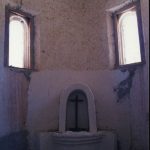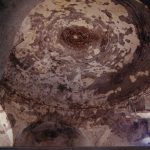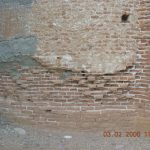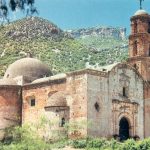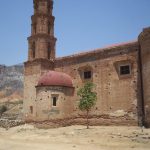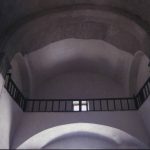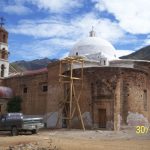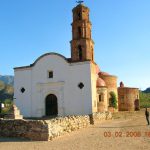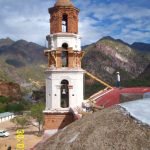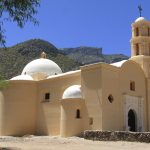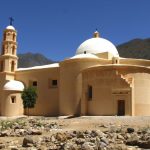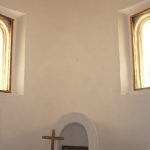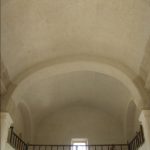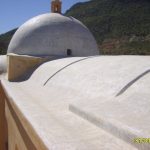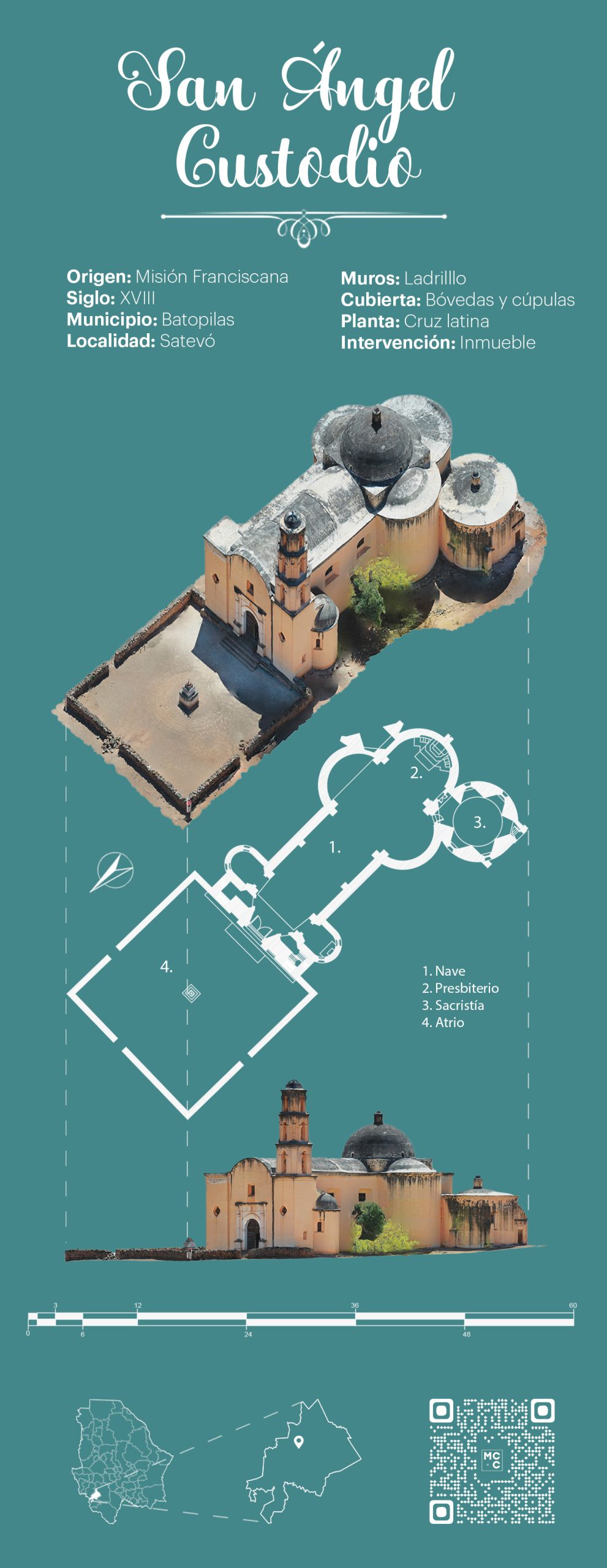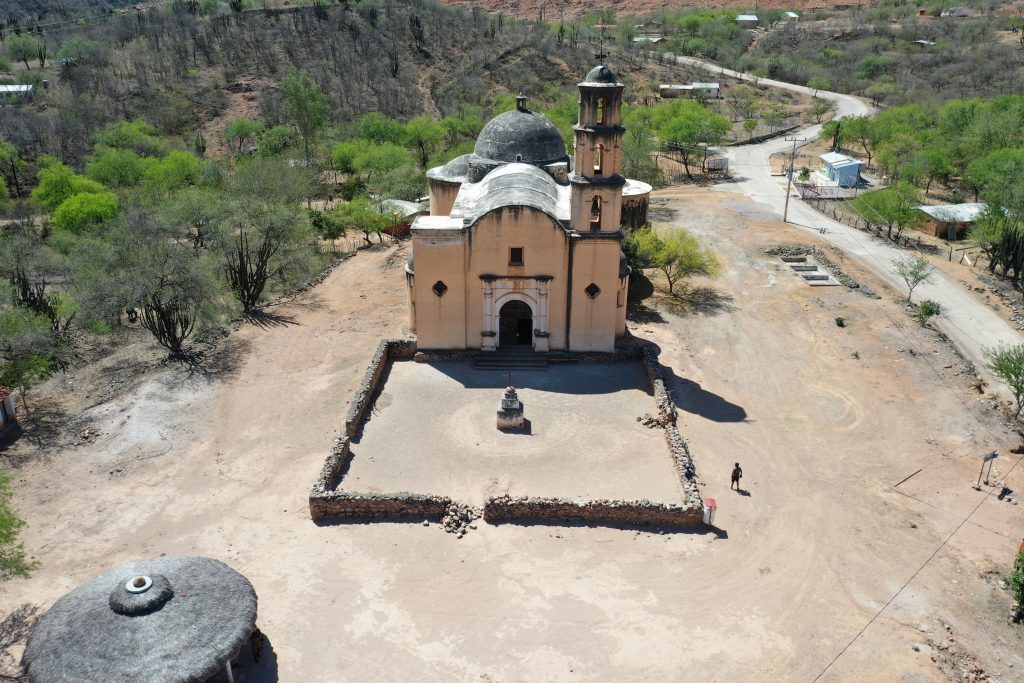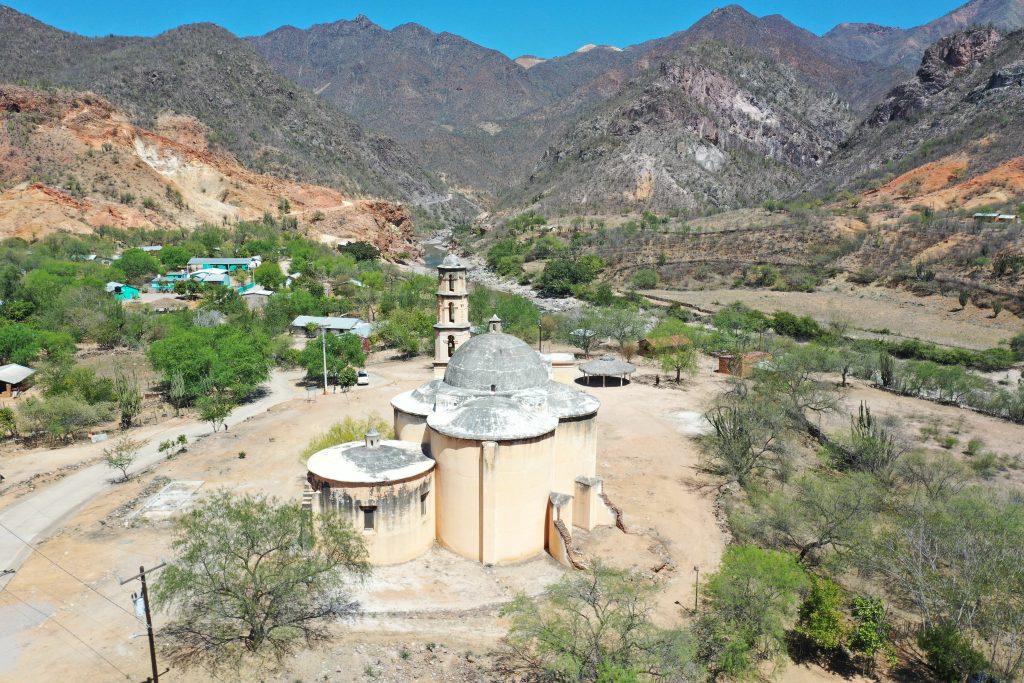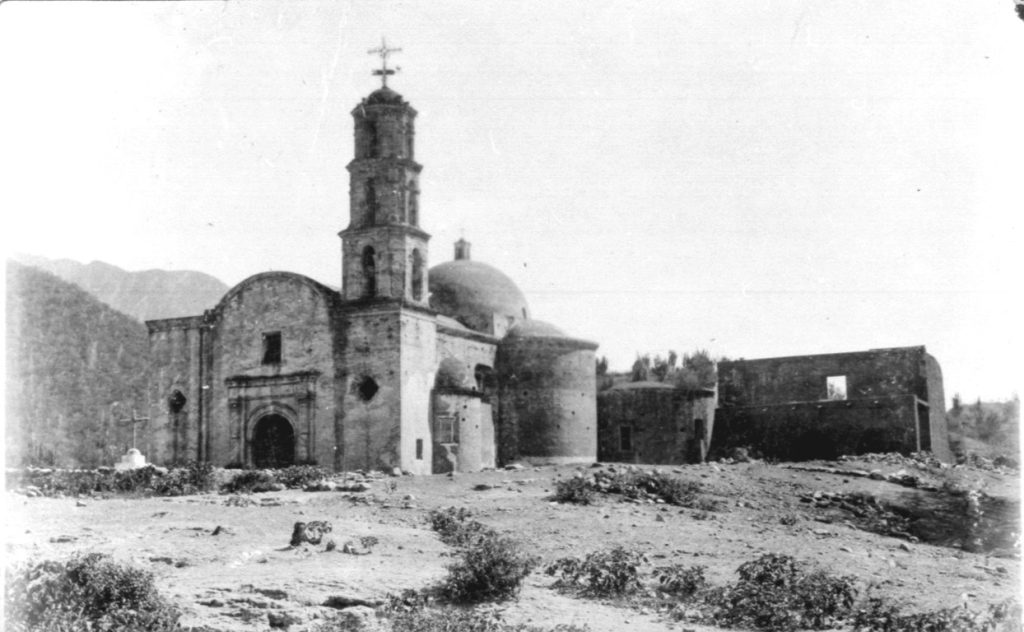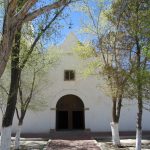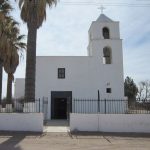San Ángel Custodio
San Ángel Custodio
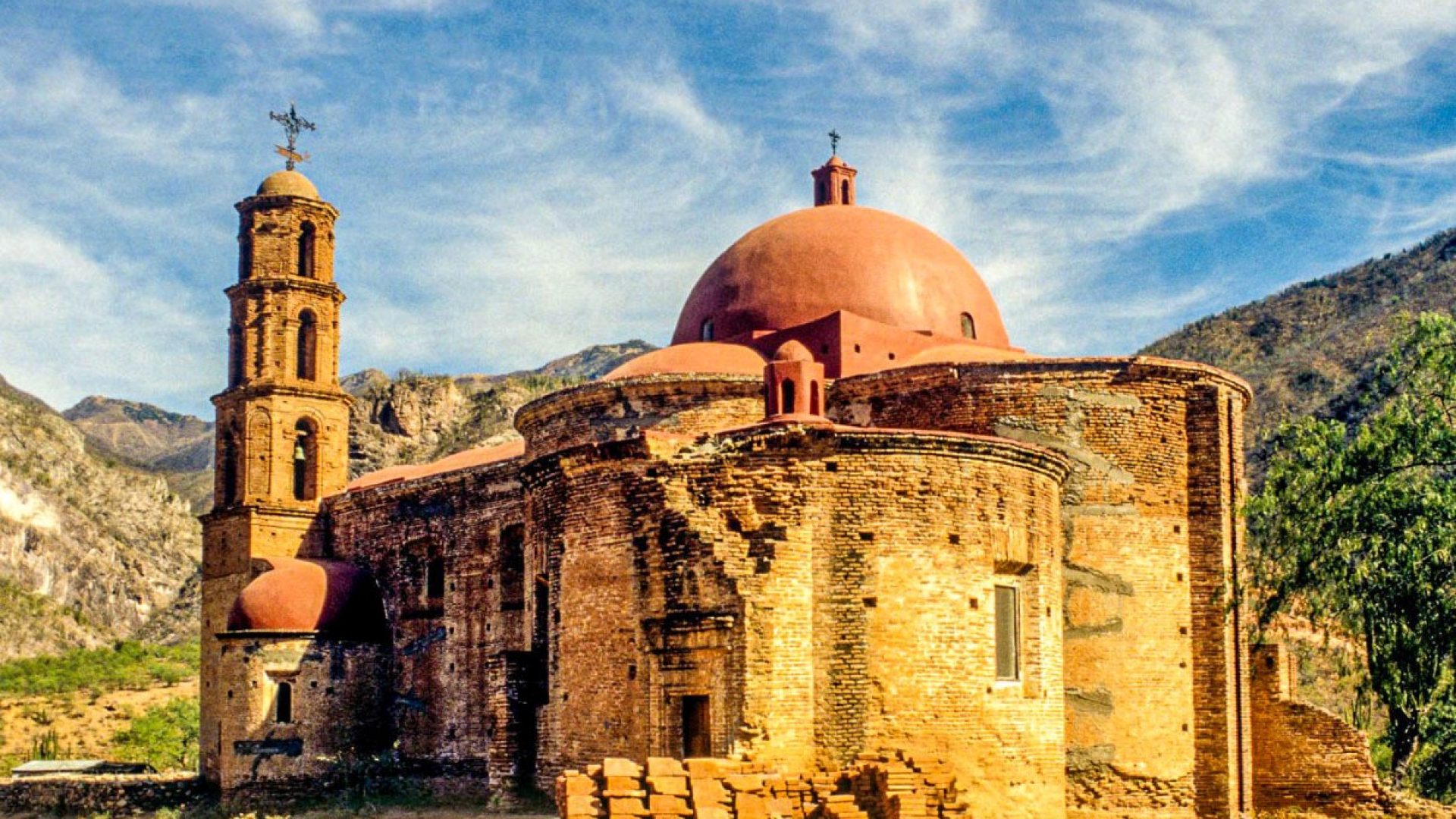
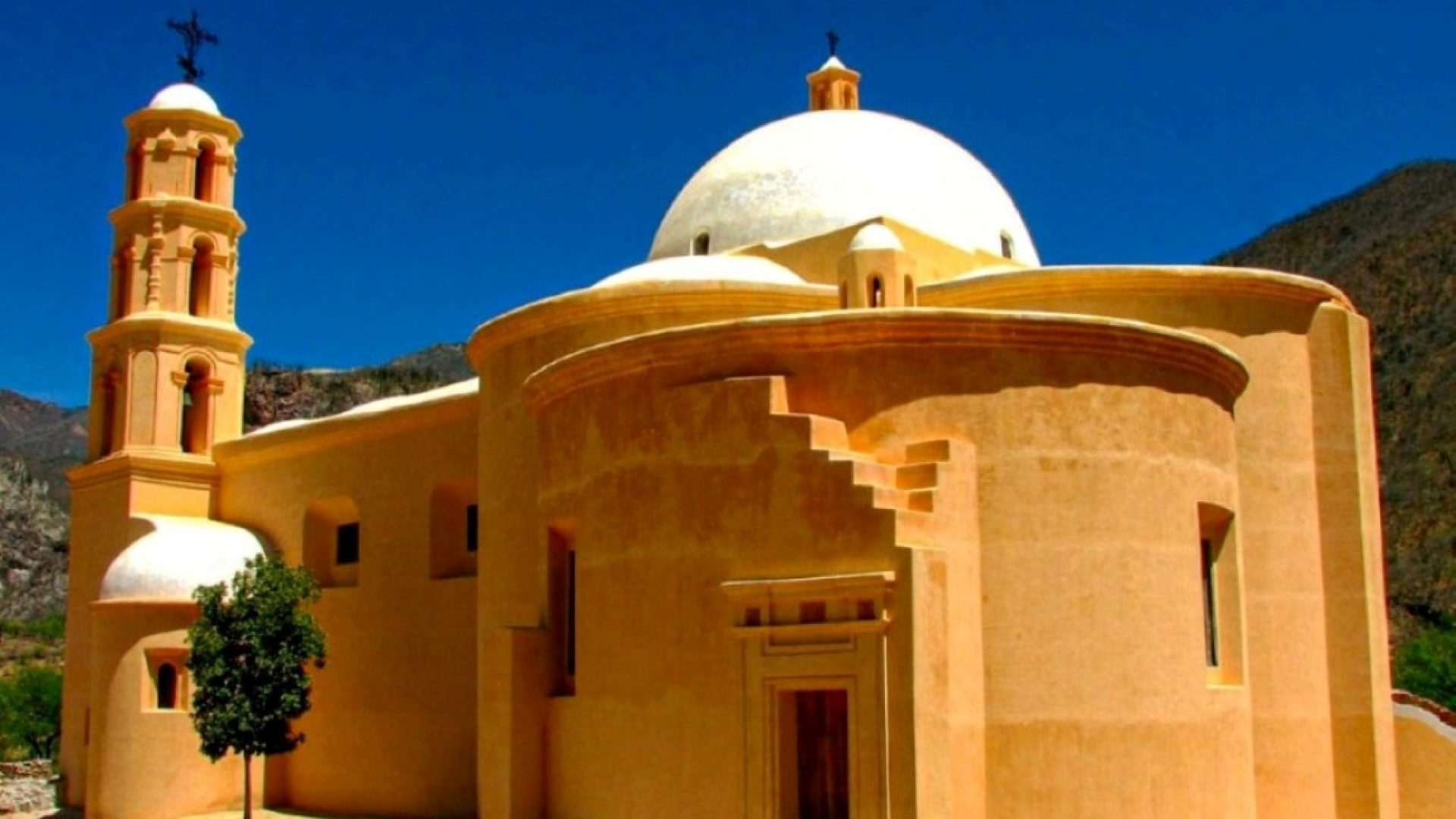
The municipality of Batopilas is located in the heart of the Sierra Madre Occidental, with a small portion of its territory bordering the state of Sinaloa. Its municipal seat, also called Batopilas—a name derived from an indigenous term meaning 'narrow or enclosed river'—was founded as a mining settlement in 1708 under the name San Pedro de Acanasiana, following the discovery of silver deposits by Pedro de la Cruz.
Following the course of the river south of the town, a little over a league—about seven kilometers—stands the imposing structure of the former Mission of the Holy Guardian Angel of Satevó, surrounded by a few scattered houses. Jesuit presence in this area predates the mining boom: in 1698, the missionary Martín Benavides, S.J., recorded the existence of the town of Satevó, which had 40 families, although it still lacked a church and a residence for the priest.
It was after the expulsion of the Jesuits that the Franciscans from the Colegio de Propaganda Fide of Guadalupe, in Zacatecas, resumed evangelization. The current church of Satevó, built with clay brick, was constructed in 1781 by this order. It is a Latin cross–plan temple, with a circular apse, chapels at the crossing, a baptistry, and a sacristy. Its sober and symmetrical façade contrasts with the dynamic movement of the vaults and curves of the temple’s structure; a three-story tower stands out. The use of red brick, a local material, reflects ancestral knowledge in its production and the application of construction techniques adapted to the environment. The result is a temple of great uniqueness among the Franciscan missions in the state of Chihuahua, whose monumentality recalls the missions of the Sierra Gorda in Querétaro or even those in Alta California, United States, built by the Franciscans. The temple bears witness to a complex history of evangelization, conflict, abandonment, and perseverance.
In 2006, Father Jorge Blanco approached Misiones Coloniales de Chihuahua A.C. to request a restoration project for the Temple of Satevó de Batopilas. In April 2006, work began on the first stage of restoration. The work carried out during this stage was purely exterior: rehabilitation of the roofs, removal of waterproofing layers made of elastomeric materials, and removal of concrete layers on the roofs, including the barrel vault, dome, and half-domes, as well as increasing the slope of rainwater runoff by raising the flat roof areas.
On the exterior walls, areas were repaired with new brick while simultaneously being plastered with a fine lime-and-sand mixture, colored with natural pigments from the area. A type of graffiti dating back to 1850 was found on one section of the bell tower, which was preserved as a historical vestige and used as a reference to recreate the color of the exterior paint.
In April 2008, the second stage of restoration began, during which all interior plaster on the roofs and walls was removed. These works were completed in 2009.
INVERSION 860,000.00 MXN
PHASE I $300,000.00 (2007)
Roof restoration and wall consolidation.
- SECTUR – Government of the State of Chihuahua
- Batopilas Municipal Government
PHASE II $410,000.00 (2008)
Plaster reintegration, painting, and exterior works.
- FOREMOBA-CONACULTA
- Batopilas Municipal Government
- Government of the State of Chihuahua
PHASE III $150,000.00 (2009)
Plaster reintegration and painting.
- SECTUR – Government of the State of Chihuahua
Batopilas Municipal Government
On-site contact:
Sr. Edwiges García Navarrete
Member of the restoration commitee
(649) 456 90 34


